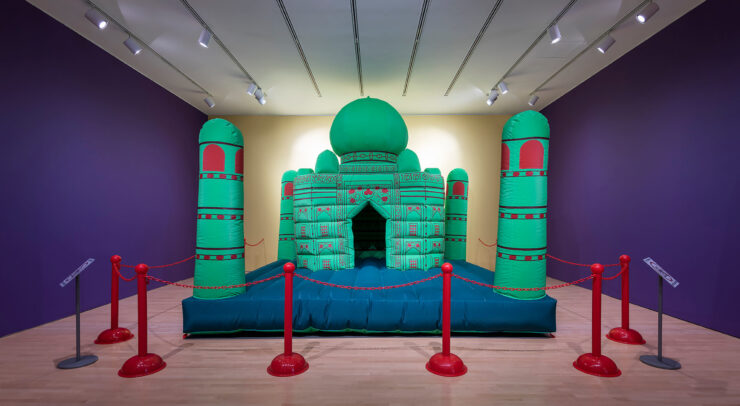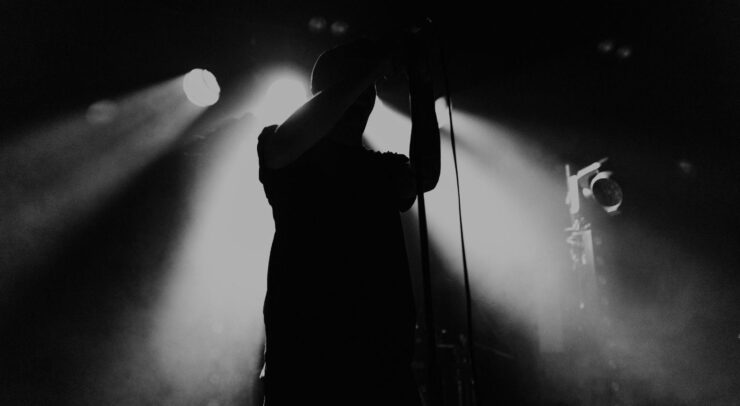A DARK DESCENT INTO THE PSYCHE OF TRAVIS BICKLE
The 1976 film, Taxi Driver, directed by Martin Scorsese stands as a defining piece of American cinema as it explores themes of isolation, moral decay, and the psyche and experience of its protagonist, Travis Bickle.
Travis Bickle, a depressed war veteran, decides to work as a taxi driver in hopes of remedying his insomnia through working long hours. As the story progresses, Travis grows an infatuation with the character Betsy, played by Cybill Shepherd, a campaign worker for a presidential candidate. After being rejected by Betsy, Travis’ grip on reality loosens and he slowly becomes detached from society’s expectations of him.
Later on, we see Travis form an obsession with saving a teenage sex worker, Iris, played by Jodie Foster. Through this unhealthy obsession, Travis transforms from a passive observer as an innocent taxi driver into a vigilante. Travis’ conviction towards saving Iris stems from his pursuit to find a purpose for himself.
After its release, Taxi Driver was met with heavy controversy due to young Jodie Foster’s performance of Iris, a 12-year-old sex worker. Foster’s role in the film broke the boundaries of child protection laws, raising questions about the ethics of involving a minor in scenes portraying adult content. To reason with legal concerns at the time, a welfare worker was present on set as well as Foster’s older sister presented as her body double during intense scenes.
On the other hand, Robert De Niro delivers one of the most iconic performances of his entire career, capturing Travis Bickle’s slow descent into madness. His acting is intense and unsettling, marked by his famous “You talkin’ to me?” scene, which has since become a symbol of unhinged bravado. In this scene, Travis rehearses in front of a mirror drawing his gun as quickly as possible to aim at the imaginary person he is threatening. The progress of this scene points to Travis’ decline in mental stability as he embodies an aggressive persona.
The film’s visuals include neon lights which contrast the dark New York streets that reflect Travis’ deteriorating mental state. The cinematographer, Michael Chapman, captures New York’s essence as a character in itself––gritty and hostile, mirroring Travis’ inner turmoil. The film’s jazz score by Bernard Herrmann is mainly saxophone-driven, capturing the dissonance in the atmosphere of each scene.
Taxi Driver is ultimately a character study that delves into significant themes of loneliness and mental illness during the pursuit of purpose in a world that appears devoid of connection. Travis’ isolation is symbolic of the post-Vietnam War disillusionment and the societal unease of the 1970s. His warped sense of justice is less about heroism and more about his desperate need for control. Travis’s journey is not just one of madness but also a reflection of the collective isolation that is felt in modern societies.






